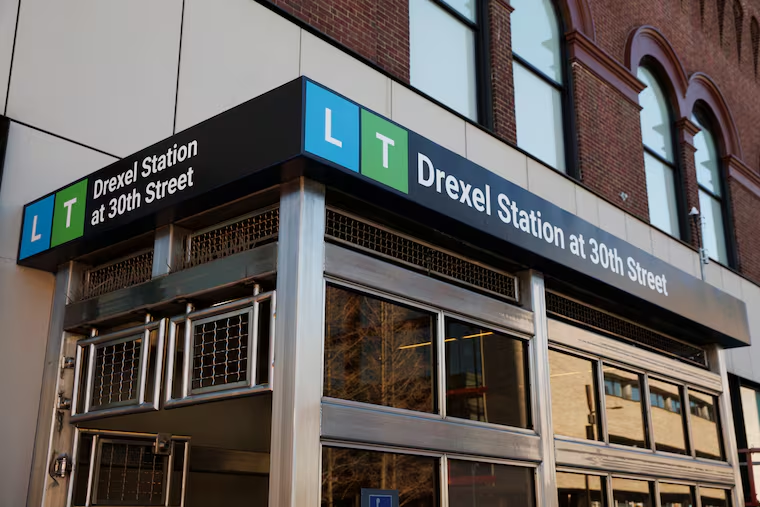SEPTA’s first signs of ‘Metro’ rebranding have arrived
SEPTA can be confusing, even to native users. New signs at Drexel Station are part of an effort to fix that.

SEPTA can be confusing, even to native users. New signs at Drexel Station are part of an effort to fix that.
